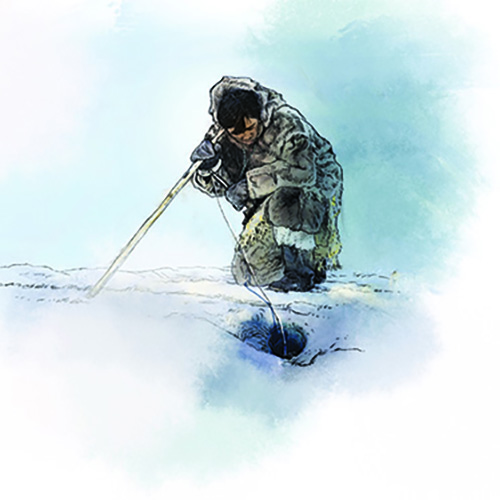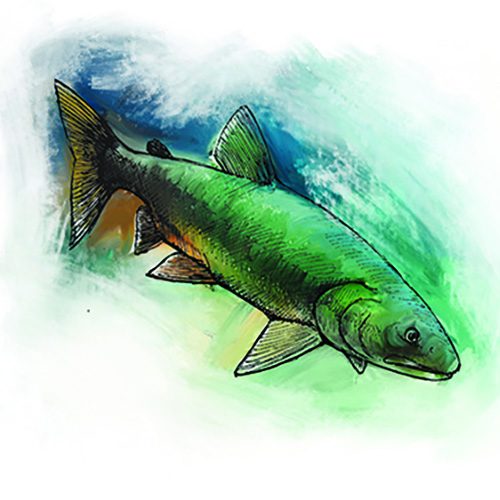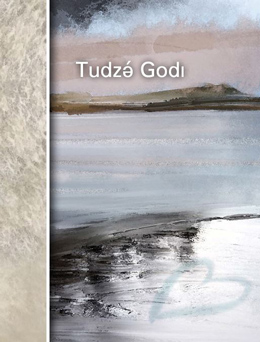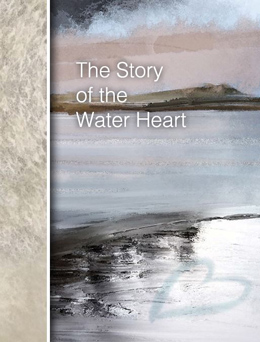Tudzǝ́ Godi
Saoyú-ʔehdacho National Historic Site

Kaye Daoye, Sahtú bái naígwœ, åáxõné Ehdaîla aît’ñ. Kaye Daoye nôhkwə k’ǝ́rayá. Åəœ dzene, jú dîî tenîla, dejú ghánaeda t’á bejú åəœ wíle. Begha dzáot’e- ekúhní surí jú kanáotñ hǝ́ bet’áreæá.

Ekúhtoi natǝ́ t’á gogháeda, åue yejú neríchu ajá. Túo tanî ajá ekúhyœ Tudzə ts’ê asñî nátse henerîdí - Tudzǝ́. Tudzǝ́ ghô náadawœ sñî areyôné asñî guhdí heditõ - nê, yát’a, tîch’ádí gotsç Dene. Tudzǝ́ dagháré dene gharedi.

Délįnę æôhda kœ sñî gogodí dagháré areyôné Dene hǝ́ mõla eåçht’e. Ediri néné æeæá nîlî sñî bek’ǝ́ts’edí gha ôt’e. Bet’ãâ Sahtu k’ǝ́ts’edí gha góæô gerîdí. Tuo hə asñî yáguhdí surí bets’enîhchá.
The Story of the Water Heart

Kaye Daoye lived along the shores of Sahtú, Great Bear Lake, mostly in Edaiila on the northeast shore. Kaye Daoye was mystically tied to a fish called a loche. One day, after setting four hooks, he found one of them missing.
This disturbed him – in those days hooks were very rare and valuable. That night he travelled with the loche in his dreams, searching for the fish that had taken his hook. As he moved through the centre, or heart, of the lake, he sensed a great power: the water heart.
Contemplating the water heart, he became aware that it connects all beings – the land, the sky, other creatures, people – to sustain the entire watershed of Sahtú.
The Délı̨nę Elders stress that the interconnectedness of all things includes all people, Dene and non-Dene alike. From this universal law flows the responsibility of people to care for the world in which we live.
The water heart sustains the watershed of Sahtú, and, in turn, we have a responsibility to sustain it. We do this by treating the lake and other beings with the utmost respect.
- Date modified :

